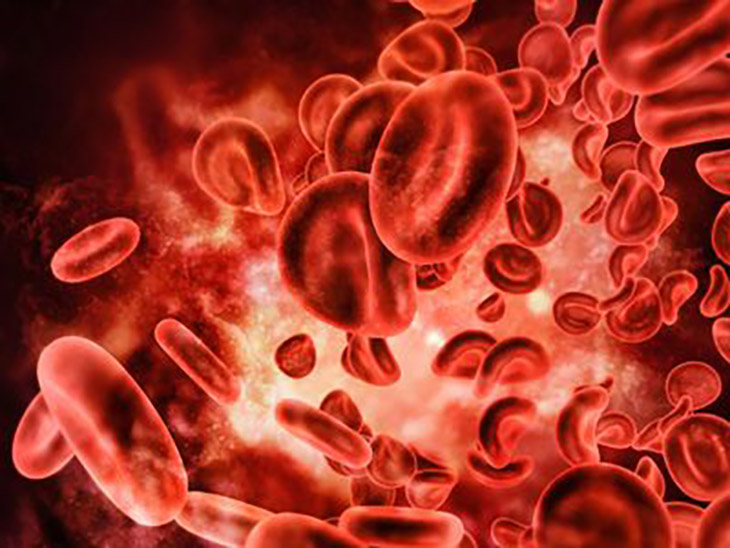Scientists Developed Protein ‘Motors’ That Can Drive Themselves Around Wounds And Kill Bacteria

An engineer in Barcelona has adapted silicon nanobots to that can deliver things to open wounds, such as antibiotics. He even created tiny “motors” to push the nanobots around.
Apparently, this is a much faster process for healing than any type of oral, topical, or intravenous administering of antibiotics, for a number of reasons as well. Although the entire idea all seems a bit “science fiction,” these nanobots could eventually become a part of a medic’s toolkit in the seemingly near future.
The engineer, Samuel Sánchez, from the Institute of Bioengineering in Spain, developed these little spheres that can bring cancer drugs or antibiotics throughout a body’s viscous fluids. In fact, he’s already used them to quickly treat infections in mice.
A bioengineer at the University of Pennsylvania, César de la Fuente, who also lead the project alongside Sanchez, said in an interview with Wired Magazine, “We see that the whole wound gets covered. The machines can actually travel around the wound and clear the infection as they go.”
One reason why these miniscule bots will be more favorable is because of that “diffusion,” which is the process where the drugs enter and move around a system normally, normally takes a much longer time in the body’s more viscous fluids, such as mucous.
More often than not, they are forced to travel to the areas where the fluid in which they’re embedded takes them, leaving the possibility of actually missing the area that is targeted in the first place, or even missing it completely. One example they give is with mucous, where if there is a bacteria or a virus in mucous, when medicine is diffused into the saliva, ‘it’s normal for the saliva to skirt the edges of the former without every penetrating it, before passing on to other parts of the body.’
When it comes to the bloodstream, the blood travels all over the body and not just to where they infection is located.
Creating the “Push” They Needed
Sanchez knew that these nanobots he created needed propulsion, as to avoid ‘an artificial form of diffusion.’ He decided to coat the bot’s spherical shaped silica chassis with urease, a protein that converts urea into carbon dioxide and ammonia. He then placed these proteins asymmetrically around the chassis, which meant that whenever they came into contact with urea, the enzymatic reaction that occurred managed to push them ‘a little bit like an internal combustion engine separating gasoline.’
According to the report in Wired, De la Fuente had been working on new antibiotics taken from protein chains called peptides, which are the type that usually happen in the animal kingdom. He then took one of Sanchez’ chassis and loaded it up with a synthetically-made antibiotic peptide that came from wasp venom, then they dropped it into an infected wound of one of their study mice.
By rubbing the wound with non-toxic urea, it allowed the nanobots to randomly push themselves around. This resulted in a reduced bacterial content of the infection by 100-1,000 times across the entire open portion of the wound.
In order to test their nanobots, they also treat cuts in mice with drops of normal antibiotics using bots without the application of the urea, and the outcome was the same reduction in bacterial matter. However, it was only in the area where they were treated and nowhere else.
Considering the initial success of their experiment with these nanobots, Sanchez and De la Fuente realize that the entire idea seems crazy to think of the possibility of having tiny little machines driving themselves around in people’s bloodstreams.
De la Fuente shares, “As scientists, we’re all inspired by science fiction. And I think our job sometimes is to try to get those two worlds closer together. What seems science fiction today, hopefully, in a number of years, becomes reality.”



